
How does the Korean alphabet differ from Chinese? Is Japanese written with Chinese characters? To many Westerners, it’s impossible to distinguish between the three languages on paper. However, after reading this post, you should have no issues telling Chinese, Japanese, and Korean apart.
The Scripts
When it comes to computers, Chinese, Japanese, and Korean are usually grouped together under the acronym CJK, and for good reason.
While they’re linguistically unrelated, all three can be written both vertically and horizontally, and all three use Chinese characters - hànzì in Chinese, kanji in Japanese, and hanja in Korean – which is one of the main reasons for the confusion.
Let’s take a look at the difference between Chinese, Japanese, and Korean and see if we can tell them apart without having to learn any of the languages.
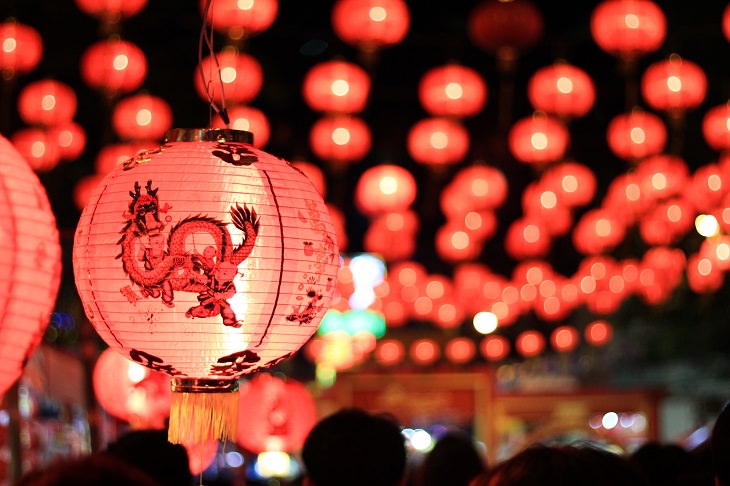
The Chinese language is the only one which entirely relies on this script, and even then, at least two different versions are in active use all over the world; traditional and simplified.
Below is the first sentence of the Wikipedia article on the color orange in hànzì:
橙色,又稱橘色,為二次顏料色,是红色与黄色的混合,得名于橙的颜色。
Note how most of the Chinese characters are very dense and square. Chinese characters are the oldest continuously-used systems of writing in the world, so don’t be surprised if you come across handwritten texts which at first sight don’t resemble the above example.
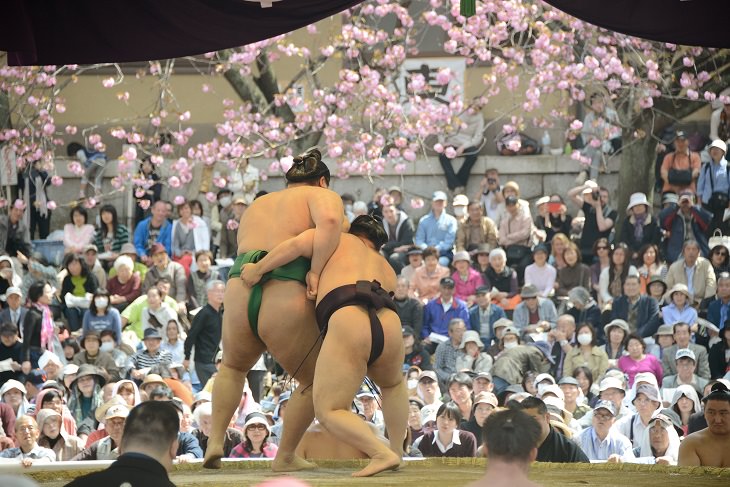
Moving to Japanese, this language has the largest number of official scripts in the world.
Kanji – Chinese characters – are used for most words of Chinese and Japanese origins. Hiragana, the curvy, feminine script, was originally used by women, but it’s now the main building block of the Japanese language – employed for both grammar and vocabulary.
Katakana, the manly, more angular script, is used mainly for loan words, onomatopoeia, and transliteration of foreign words. Finally, romaji, the familiar Latin script used in English and other Western languages, can be found everywhere, from product packaging to company names.
Below is the Wikipedia description of the color orange, employing katakana, kanji, and hiragana, all in the same sentence.
オレンジ色は、果物のオレンジの実のような色。また、夕日に染まる茜雲のような色。
As you can see, due to the use of katakana and hiragana, Japanese is slightly more airy and spacious than Chinese. As a general rule, unlike Chinese and Korean, Japanese also doesn’t use any form of question or exclamation marks, but you might still meet them in some situations.
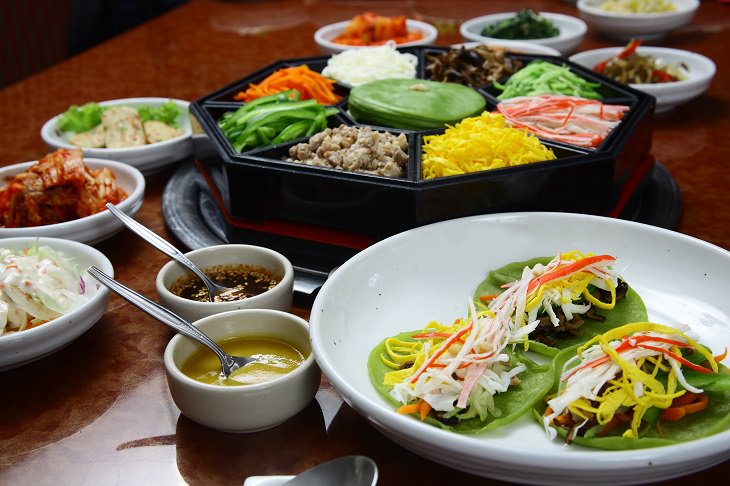
The Korean language, in the mid-15th century, transitioned to hangul – the only script in the world made by an individual, for which the theory and motives behind its creation have been fully set out and explained.
It’s known as one of the most scientific writing systems in the world, and is neither based on ancient written languages, nor an imitation of another set of characters.
In South Korea, you can still meet hanja – Chinese characters – every once in a while, but the script is quickly becoming obsolete.
주황(Orange)은 색 중 하나이다. 이 색은 빨강과 노랑의 중간색이며.
Take note of the many circular shapes used in hangul – these are almost non-existent in the other two languages, thus making the script easy to recognize. Furthermore, unlike Chinese and Japanese, Korean has completely adopted European punctuation marks, from commas to question marks, and space-delimits words and sentences.
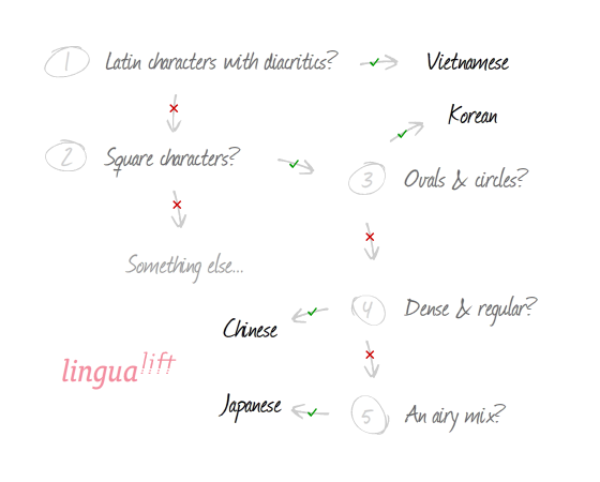
Source: lingualift
Images: depositphotos

Forget Apples! It's an Egg a Day That Keeps the Doc Away...
According to new research, it could actually be an egg a day that keeps the doctor away.Find out more here!
 12:04
12:04
8 Little-Known Jobs That Keep the Movie Industry Going
We all know actors, directors and screenwriters, but these are the people that take care of the details, without which movies just wouldn't be that good
 5:49
5:49
Who Are the Americans That Live in North Korea?
Considering North Korea's secrecy and animosity towards the US, it's surprising to learn that 200 Americans live in the Hermit Kingdom... Who are these people?
 7:56
7:56
6 Chemical Reactions that Changed the Course of History
Although we rarely pay much attention to the chemistry that constantly surrounds us, these 6 reactions changed history.

Conspiracy Theories - A Few Fascinating Things to Consider
Conspiracy theories are easy to dismiss, but they are a normal and interesting part of human psychology. Learn 6 facts on conspiracy theories here.

17 Poignant Photos That Are Anything But Ordinary
At first glance, you might not understand what's so special about some of these photos, but each one has a backstory that will make it unforgettable.

Cuticle Oil: What It Is and How to Make Your Own
Cuticle oil is a skincare product that can work wonders for the health and appearance of your nails and the skin surrounding them. You can purchase ready-made cuticle oil in stores or online, but making it at home is simpler than it seems.
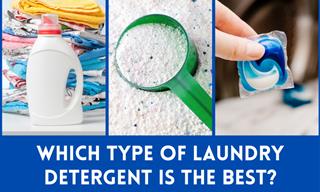
Pros & Cons of Cleaning Pods vs Powder vs Liquid
When choosing between liquid detergent, powdered detergent and single dose pods, there are a few things you should consider.

DIY: Make Your Own Face Mask in a Few Easy Steps
To get around the shortage, you can make your own DIY surgical face mask. It can be easily done even if you're can't or don't want to sew.

WARNING: If You Love Dogs, This Information is Vital
If you're a dog lover, you should spread this information around. Don't feed dogs these common foods!

10 Effective Ways to Boost Hair Shine
We’re all after beautiful glossy hair. Follow these tips to bring back the shine and silkiness to your locks.

Fold Your Clothes the Right Way with This Guide
Have you been folding your clothes wrong all this time? These top 10 tips will help keep your clothes organized.
 3:43
3:43
The Absolute Easiest Way to French Braid Your Hair
This video tutorial will teach you how to French braid your hair in just a few easy minutes.

14 Products You Can Stop Buying to Save Big at Home
These everyday items are draining your wallet.

Create a Soothing Haven at Home with These Helpful Tips
Take note of these home decor ideas that can help you create a soothing and stress-free sanctuary at home.

Salad in Fridge: Guide to Avoid Waste & Stomachaches
In this article, we’ll clarify this topic and understand which salads last longer, how to extend the shelf life of different types of salads, and, of course, when it’s time to say goodbye to them.
 14:45
14:45
These Tricks will Transform Your Trash into Treasure!
This fun new method of reusing plastic bottles helps you make them into beautiful homes for all your plants

How to Make an Effective Cough Remedy Using an Orange!
Oranges are a great source of vitamin C that helps strengthen the immune system, but did you know there is a way to make it an effective cough medicine?
 28:22
28:22
Here’s Why Everyone Should Try 'No-Dig' Gardening
Grow plants year round with the no-dig gardening method.
 3:58
3:58
Amazing! How to Make a Key That Opens Most Locks
Can you make a key that opens almost every lock?

Vodka Has Many More Uses Than You Ever Imagined!
Vodka is not just for use when you need a drink. Here are 16 uses for the Russian beverage that you've undoubtedly never thought of.

62 Great Uses For Things You Have at Home!
If you keep finding random objects around your house such as rubber bands and old clothespins, don't throw them away just yet!

8 Terrific Additional Uses For Rubbing Alcohol!
Unsure about what you're meant to use rubbing alcohol for? Wonder no longer, as we've listed 8 brilliant uses of rubbing alcohol in this article.
 4:26
4:26
Here Are the Top Ten Uses for Baking Soda
This video demonstrates how to use baking soda to solve a number of daily problems!

If You Meet an Aggressive Dog, Here is What You Do...
If you are ever approached by an aggressive dog, these tips might just save your life.

How to Take Care of Yourself While Caring for Others
This article explores practical tips and strategies to help caregivers maintain their health and find balance.
 20:21
20:21
I Wish I'd Known About These Great Life Hacks Sooner
Whether you want to make your own musical instruments or learn how to take your clay modeling skills to the next level, this video has it all!
 3:01
3:01
Lemons Are So Useful! Did You Have Any Idea?
This video will show you some superb life hacks using lemons to make your life easier.
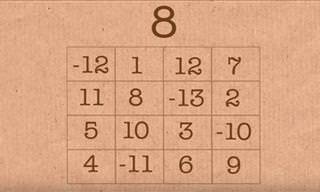 3:58
3:58
Impress Your Friends with This Magic Square Party Trick!
The trick is actually pretty simple. Try it out for yourself.

Guide: How to Remain Comfortable on a Flight
Whether you’re traveling for business or leisure, these tips will help you fly smarter and healthier.

14 Things You Should Never Flush Down the Drain
These 14 things don’t just clog up your pipes, but may even pose an environmental hazard, so you should never flush them down the drain

Retirement Planning: The 7 Biggest Mistakes People Make
Are you guilty of making these 7 deadly mistakes in your retirement financial plan? Here are seven offenses on how to get back on track.

Changing Your Sleep Posture Can Do Wonders...
The advantages and disadvantages of each sleep position and how to improve it to minimize potential harm.

10 Wise Plumbing Tips From a Professional Plumber
Here are ten brilliant tips that can save you heaps of time and money when you've got plumbing problems at home.
 9:32
9:32
Don't Let Cleaning Spoil Your Day! Use These Hacks Instead
Tired of cleaning? Cleaning difficult stains in no time with these essential cleaning hacks.

Not Sure What to Do This Valentine's? Try These 9 Ideas
Not sure what to do this Valentine's? Here are 9 ideas you could try:
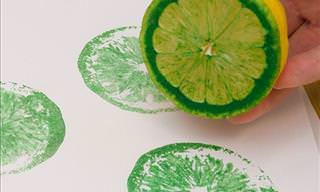
15 Fun and Unique Craft Ideas for Home Decor
These different and creative craft ideas can add a lot of pizzazz and joy to a home. Learn how to make them here!

15 Excellent Alternative Uses for Beer Around the House
Beer is one of the most popular drinks in the world, but did you know this substance is actually helpful around the House? Here are 15 great alternative uses!

How to Make Sure No Spider Enters Your Home
Tired of 8 legged monstrosities roaming your house? It's time to put a stop to it, the natural way.

11 Gardening Myths That MUST Be Debunked
Some erroneous gardening myths managed to spread far and wide, despite being ineffective and even harmful. Here are 11 of such common gardening myths.

You Must Read These Safety Tips Before Going For a Swim
A collection of safety tips for ocean and pool-goers.
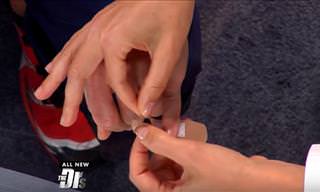 1:22
1:22
Doctors Reveal: How to Keep that Adhesive Bandage Sticking!
This simple trick will get adhesive bandages to stay on securely, properly protecting your wound from exposure to infection.

7 Sunscreen Mistakes You Didn’t Know You Were Making
Avoid making these common sunscreen mistakes this season.

Water Leaks at Home? Here Are the Real Reasons Why
These are the main reasons homes spring leaks—and how to stop them in their tracks.

Is Freezer-Burned Food Safe to Eat?
Learn what freezer burn really is, whether or not it’s good for you, and how to prevent it here.

Boost Your Happiness in These 22 Small, Easy Ways
Do these little things every day, to make you feel happy.

The 7 Best and 7 Worst Foods to Buy Canned
Not all canned foods are made equal, and in this article, we'll discuss those you should invest in, as well as those to definitely avoid.
 15:30
15:30
Live an Easier Life With These 24 Everyday Tips!
This video offers 24 different tips for everyday problems.
To enable your Ad-Free Subscription, please fill the fields below
Your subscription was successful, now you can enjoy an ad-free experience!! Note: To make sure you get no ads, please make sure to log in to your account. If you are logged in already, then refresh the page. The subscription can be cancelled at any time.


